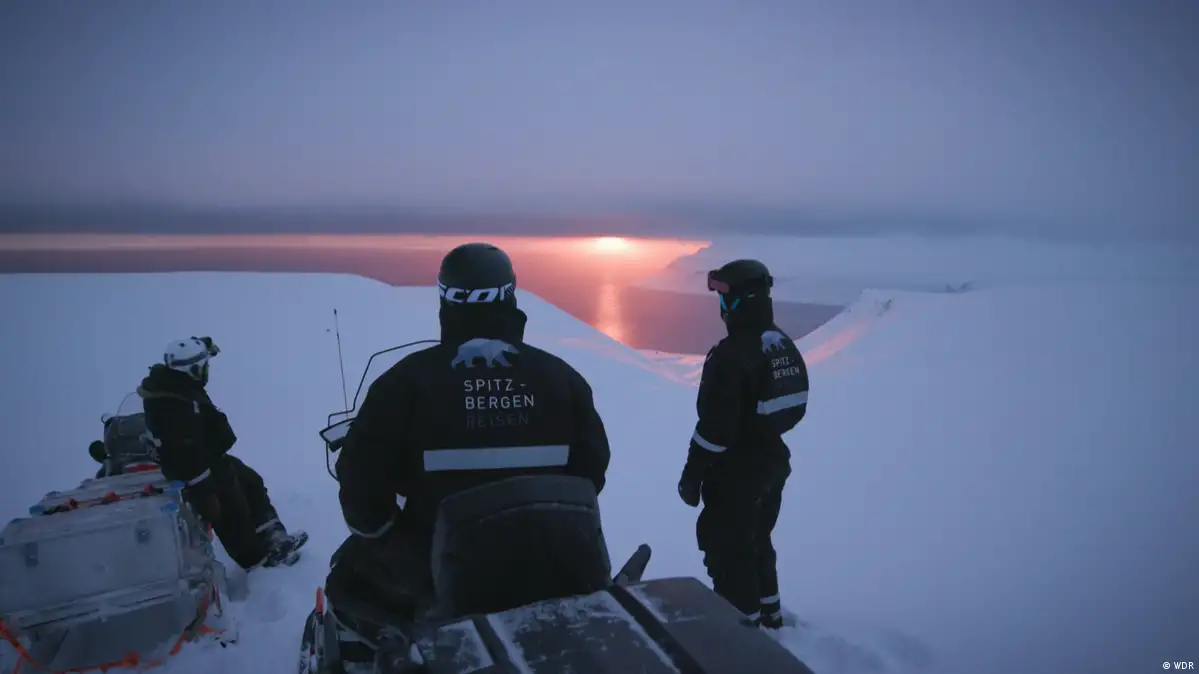Arctic Blue: Power games on the melting ice — Part 2

This browser does not support the video element.
In the second part of the documentary, the film team boards a Norwegian frigate off Spitsbergen. There, they observe NATO’s response to the growing Russian influence in the region. This includes observation missions and an increased presence; there is even talk of bringing back submarines decommissioned since the end of the Cold War.
Norway's intelligence service has clearly observed a more aggressive Russian military presence in the Arctic in recent years. Russia appears to want to make it clear that it can dominate the Arctic. Indeed, Russia identified the Arctic as an important sphere of influence following the end of the Cold War, especially with regard to the Northeast Passage. Alexei Chekunkov, Russia's Minister of Arctic Development, explains why: "The northern shipping route from China via Siberia and Scandinavia is 40 per cent shorter than the route via the Indian Ocean, the Suez Canal, and the Mediterranean." Climate change, he said, represents an opportunity for Russia.
But how to get energy to where it’s needed in northern Siberia? The "Akademik Lomonosov," a floating nuclear power plant, may be one answer. Currently anchored in the port of Pevek, Russia's northernmost city, it can supply energy to some 100,000 households. The region around Pevek, which until now was home to just a few miners and reindeer herders, is thus one of several jumping-off points for Russia's tightening grip on the north.